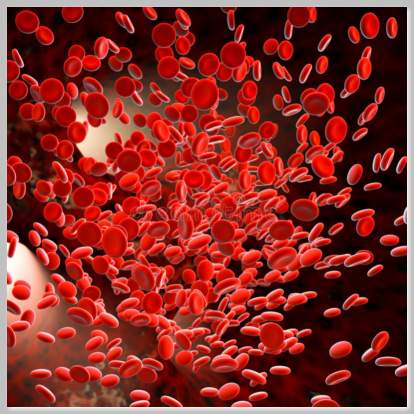


If necessary, a further electrophoresis in starch gel at pH 6.2 to 6.8 is performed. Screening tests typically use a hemolysate of anticoagulated blood electrophoresed on cellulose acetate at pH 8.6 to 8.8. Electrophoretic mobilities are affected by pH and by the medium in which the test is conducted. Hemoglobin electrophoresis measures the mobility of hemoglobin in an electric field it can therefore detect only those abnormalities in hemoglobin that alter the charge. Average all readings obtained from the different microhematocrit tubes. To obtain the hematocrit, multiply this number by 100%. Using either a hematocrit reader or any ruled apparatus, measure the length of the column of the packed red cells and divide it by the length of the whole column of blood (cells and plasma), as in Figure 151.1. A shorter spin will not allow for complete sedimentation. Place the tubes in a microhematocrit centrifuge and spin for 3 to 5 minutes at high speed. If the seal is incomplete, leakage will occur during centrifugation and false readings will be obtained. Make certain that little or no air is interspersed in the column of blood. Seal the bottom of the tube with sealant. Because blood cells naturally sediment, a prior thorough mixing of the blood in the tube is necessary to ensure accurate reading.Īfter cleaning the outside of the hematocrit tubes of excess blood, invert the tube slowly so that the blood migrates just short of the bottom end of the tube. Dip the hematocrit tube into the blood and allow the blood to rise to the desired two-thirds to three-quarters level. For hematocrits obtained by venipuncture, draw a sample of blood into the tube containing anticoagulant and mix well. Avoid "milking" the finger if possible this causes the expression of tissue fluids and may result in a falsely low hematocrit.
#Critical low hematocrit and hemoglobin levels full
Place the hematocrit tube near the incision site and allow the blood to flow via capillary action into the hematocrit tube until it is two-thirds to three-fourths full or to a predesignated mark on the tube. If venipuncture is required: tourniquet, syringe, tube containing anticoagulant (EDTA, citrate)įor hematocrits obtained by fingerstick, wipe the fingertip pad of the fourth finger of the nondominant hand with the alcohol prep pad. To assess true red cell mass, independent radionuclide evaluation of the red cells and plasma (by 51Cr and 131I respectively) must be performed. If a patient is severely dehydrated, the hemoglobin and hematocrit will appear higher than if the patient were normovolemic if the patient is fluid overloaded, they will be lower than their actual level. When so assayed, it is subject to the vagaries inherent in obtaining an accurate measurement of the MCV (see Chapter 152).īoth the hemoglobin and the hematocrit are based on whole blood and are therefore dependent on plasma volume. Automated cell counters calculate the hematocrit by multiplying the red cell number (in millions/mm 3) by the mean cell volume (MCV, in femtoliters). This value can be determined directly by microhematocrit centrifugation or calculated indirectly. The normal hematocrit for men is 40 to 54% for women it is 36 to 48%. The hematocrit measures the volume of red blood cells compared to the total blood volume (red blood cells and plasma). An erythrocytosis is the consequence of too many red cells this results in hemoglobin levels above normal. When the hemoglobin level is low, the patient has anemia. The normal Hb level for males is 14 to 18 g/dl that for females is 12 to 16 g/dl. The amount of hemoglobin in whole blood is expressed in grams per deciliter (g/dl).

To ensure adequate tissue oxygenation, a sufficient hemoglobin level must be maintained. Hemoglobin (Hb) is the protein contained in red blood cells that is responsible for delivery of oxygen to the tissues.


 0 kommentar(er)
0 kommentar(er)
